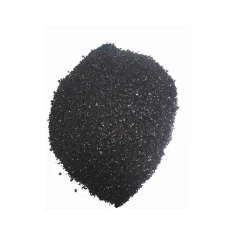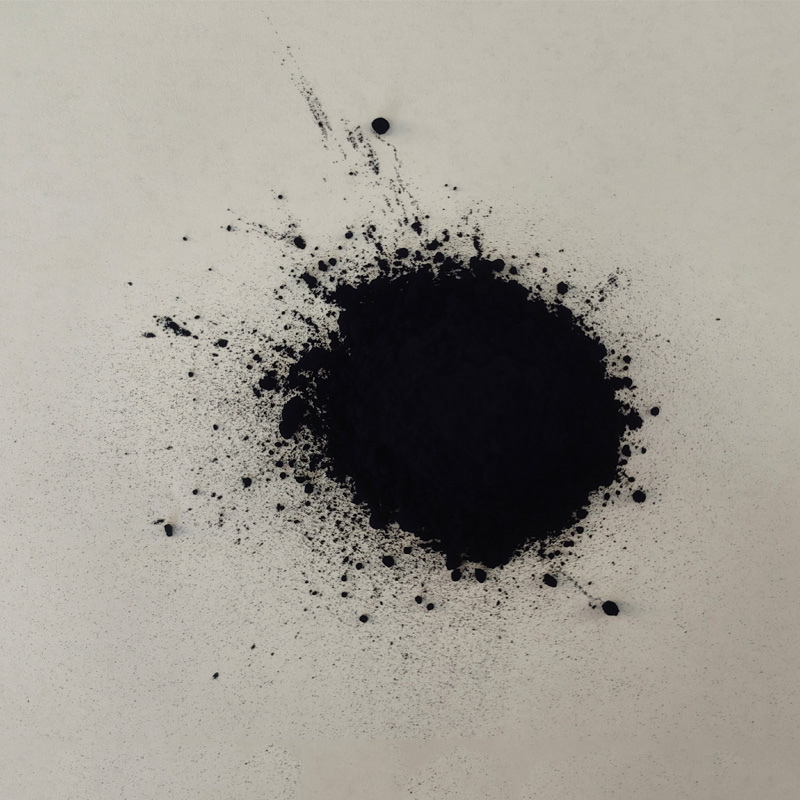Indigo Blue Vat Blue


The credibility of indigo as a sustainable dye choice is backed by authoritative research outlining its low-impact characteristics. Studies indicate that unlike synthetic dyes, which often involve toxic byproducts, indigo dyeing reduces water pollution and retains ecological balance. This sustainable practice underscores indigo’s integration into eco-friendly production frameworks, where conservation of resources and reduction of waste are paramount. Trustworthiness in indigo-dyed products is further validated by transparent production chains. Brands committed to high ethical standards ensure consumers are informed about the sourcing and treatment of indigo plants. Certifications and traceability systems reinforce buyer confidence, as they assure that the indigo dye process aligns with sustainable and fair trade practices. In addition, collaborations with indigenous communities preserving traditional dyeing methods ensure that cultural heritage is respected and perpetuated. In a market saturated with synthetic alternatives, the enduring allure of indigo dye lies in its authenticity and storytelling potential. Each indigo-dyed piece is a narrative of cultural heritage, ecological consciousness, and artistic dedication. For consumers, choosing indigo is an investment in quality and sustainability, a statement piece that speaks to their values of authenticity and environmental stewardship. The journey from plant to exquisite dyed fabric involves intricate steps that few craftspeople and consumers fully grasp, yet it fosters a deeper engagement with sustainability and an appreciation for the masterful art of dyeing with nature’s palette. In the face of fast fashion’s fleeting trends, indigo-dyed textiles stand as a testament to longevity, symbolizing a return to craftsmanship and a commitment to green living.
-
The Timeless Art of Denim Indigo Dye
NewsJul.01,2025
-
The Rise of Sulfur Dyed Denim
NewsJul.01,2025
-
The Rich Revival of the Best Indigo Dye
NewsJul.01,2025
-
The Enduring Strength of Sulphur Black
NewsJul.01,2025
-
The Ancient Art of Chinese Indigo Dye
NewsJul.01,2025
-
Industry Power of Indigo
NewsJul.01,2025
-
Black Sulfur is Leading the Next Wave
NewsJul.01,2025

Sulphur Black
1.Name: sulphur black; Sulfur Black; Sulphur Black 1;
2.Structure formula:
3.Molecule formula: C6H4N2O5
4.CAS No.: 1326-82-5
5.HS code: 32041911
6.Product specification:Appearance:black phosphorus flakes; black liquid

Bromo Indigo; Vat Bromo-Indigo; C.I.Vat Blue 5
1.Name: Bromo indigo; Vat bromo-indigo; C.I.Vat blue 5;
2.Structure formula:
3.Molecule formula: C16H6Br4N2O2
4.CAS No.: 2475-31-2
5.HS code: 3204151000 6.Major usage and instruction: Be mainly used to dye cotton fabrics.

Indigo Blue Vat Blue
1.Name: indigo blue,vat blue 1,
2.Structure formula:
3.Molecule formula: C16H10N2O2
4.. CAS No.: 482-89-3
5.Molecule weight: 262.62
6.HS code: 3204151000
7.Major usage and instruction: Be mainly used to dye cotton fabrics.

